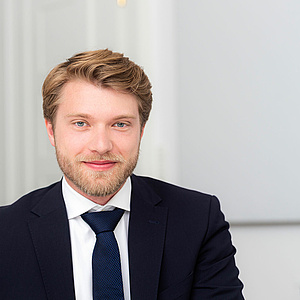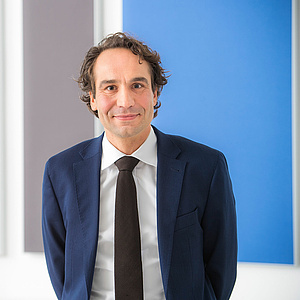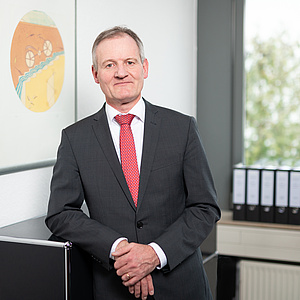
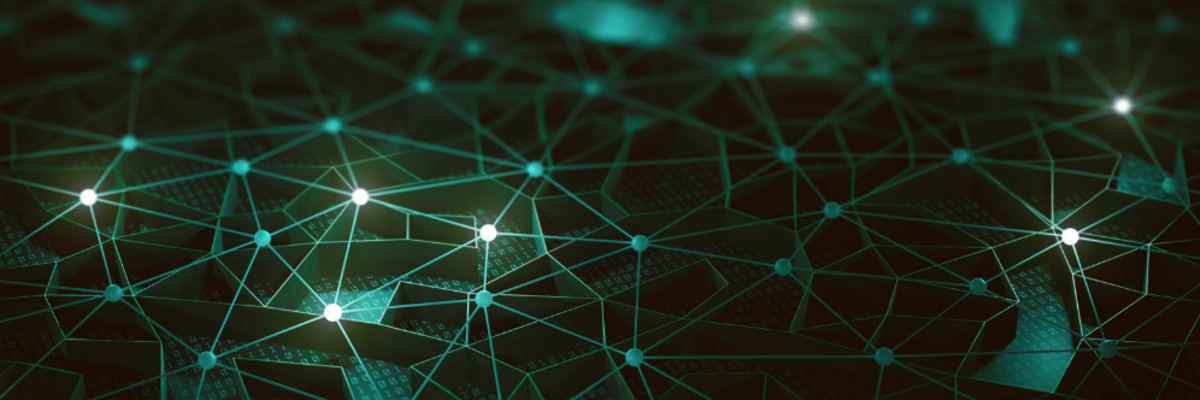
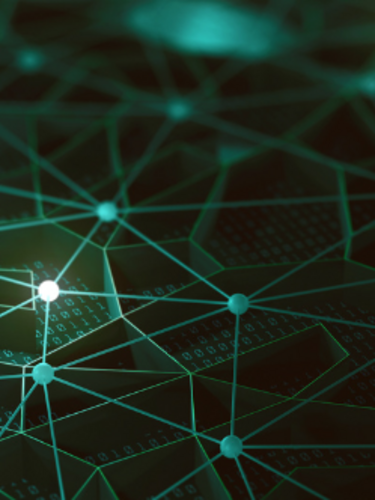
Web technologies, blockchain and artificial intelligence (AI) are some of today’s key drivers of economic innovation. Information technology (IT) continues to produce disruptive innovations that profoundly change our day-to-day lives. At the same time, the IT sector is characterised by intense competition: successful new features are quickly adopted by competitors’ software – unless they are effectively protected.
Possible protection tools for your computer-implemented developments include: patents for software and AI, copyright protection, and design rights. However, the related technical fields of software and AI occupy a special position in patent law; their patentability in Europe is subject to distinct requirements. Whether and how software can be effectively protected against imitation through patents or design rights, requires careful examination by specialised lawyers who understand all legal options and can fully exploit them in the inventor’s interest.
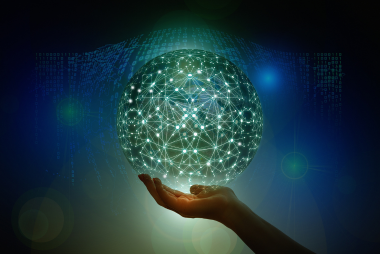
In principle, software is also eligible for patent protection. To obtain a patent for so-called computer-implemented inventions (CII) in Germany and Europe, it is necessary to demonstrate the technical contribution made by the software. This requirement helps to prevent the monopolisation of general algorithms, business methods or purely mental activities through patents.
Which aspects of an invention are “technical” within the meaning of patent law must always be assessed on a case-by-case basis, ideally with the support of an experienced patent attorney in this field.
Examples of technical software that can, in principle, be protected by a patent include:
Inventions in the field of artificial intelligence can also be protected, provided they demonstrate a technical character. The challenge lies in the fact that AI inventions often allow applications in both technical and non-technical fields and frequently involve mathematical or algorithmic aspects.
In simple terms, artificial intelligence can be patented if the invention goes beyond the abstract-mental realm and serves to solve a technical problem in a technical field.
For example, an AI invention could be protected by a patent if it improves the execution of programs on a computer by reducing memory or computational resources. It is also possible to obtain a patent for the innovative generation of training data for AI systems.
Whether patent protection is possible and commercially advisable for a given AI development must, again, be decided on a case-by-case basis. Our experienced AI patent attorneys will be pleased to support you in this assessment.
The difference usually lies in the type of technical task involved.
While software patents often cover processes and structures that process data or control machines, AI patents may focus on innovative training methods, models, or automated decision-making pathways that explore new technical ground. In AI inventions, for example, efficient learning and decision-making structures, data pre-filtering and data access can lead to an inventive technical effect.
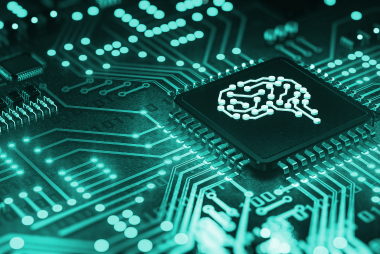
Companies with a strong patent portfolio are regarded as particularly innovative. The main function of patent protection is that patent holders can prohibit competitors from using the patented invention.
Patents thus provide and secure unique selling points, which can even translate into direct financial benefits: studies show that small and medium-sized enterprises (SMEs) with relevant patents generate 68% higher revenues per employee than comparable SMEs that do not protect their innovations (springerprofessional.de).
The author of a work receives copyright protection against imitation. In the field of software, copyright protection is generally considered to cover the program code. Accordingly, the programmer automatically acquires protection upon writing the code.
However, this protection is limited to the concrete implementation, i.e. the solution expressed in a particular programming language. Thus, copyright does not provide effective protection against imitation.
By contrast, a patent allows protection of the underlying concept(s) behind a specific implementation: the actual invention. Patent protection therefore goes much further and provides stronger safeguards, for example against the re-coding of an algorithm, than relying on copyright protection.
The question of whether a trained model – for example, a trained large language model – enjoys copyright protection cannot be answered definitively. This legal issue is being hotly debated in many countries. While the question of whether training constitutes copyright infringement is gradually being clarified, the issue of copyright protection for the trained model remains, as of today, unresolved in Germany.
A frequently expressed view is that training does not create a personal intellectual creation. The author of this article is not convinced by this argument, as even though training ultimately results from machine performance, it is preceded by numerous human decisions and intellectual considerations.
Moving beyond the pure technical aspects, much innovation in IT arises from improved and simplified usability. A typical example is the graphical user interface (GUI).
Aesthetic aspects of software can be protected under design rights, these providing a cost-effective way to protect GUIs across the EU.
In certain cases, it is also possible to obtain patent protection for machine operation – if this produces physical or technical effects. A well-known example is the “rubber-band” effect when scrolling through lists on a mobile phone.
The first step in obtaining patent protection is the drafting and filing of a patent application. Particular caution is needed for software and AI patents: the technical contributions must be precisely articulated, and international differences taken into account at this early stage.
If the application is poorly prepared, important protection opportunities may be lost. For this reason, patent applications should always be prepared with the guidance of specialised patent attorneys.
AI tools also assist in improving patent applications, handling examination reports and oppositions. They not only support patent searches but, with professional prompting, can also contribute to the analysis.
An innovative approach is combining AI with the theory of inventive problem solving (TRIZ), which is based on systematic evaluation of patent literature. TRIZ can be applied with AI tools to solve technical problems in new and innovative ways. It also helps to create prompts that, when used with large language models, can generate proposals for solving technical challenges.
This approach can optimise the drafting of patent applications by checking proposed patent claims for potential circumvention. The methodology can also be applied to help examine the scope of granted patents and develop technical proposals for workarounds.
At Meissner Bolte, a specialised team of lawyers and patent attorneys is available to protect software and AI inventions. We are one of the few firms in Germany with a dedicated software and AI team, populated by qualified computer scientists, who effectively handle all procedures in this field.
Our expertise covers:
In addition, we maintain an international network of excellent partner firms to best support our clients in obtaining worldwide protection. If you are interested in filing an invention in the field of software or AI, our specialists will be happy to assist you. We also provide tools, expertise and cooperation partners to support you with AI and TRIZ.
